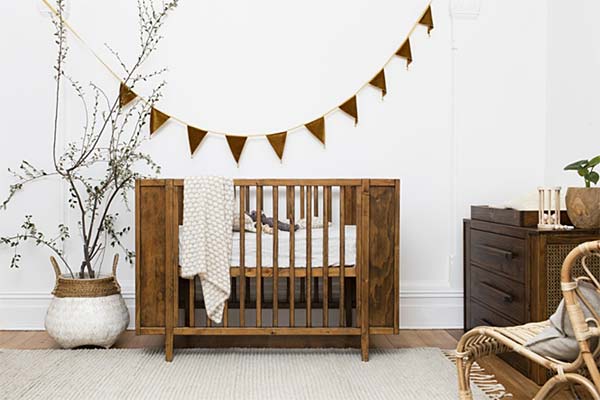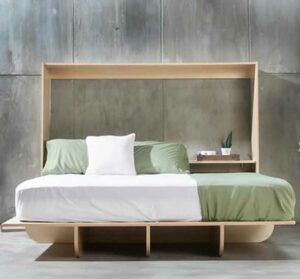A baby changing table is a piece of stand-alone nursery furniture that helps parents with their little ones. These tables usually come with a changing mat, drawers, and shelves where you can store changing accessories, baby wipes, and other assorted items.

By the time your baby celebrates his first birthday, you may have changed his diapers more than 2,400 times already. Given this fact, a comfortable diaper station is a must. In this case, a baby changing table will be the real game-changer.
If you have a bigger space and a deeper wallet, you can go for well-designed, attractive, and practical changing tables. Despite the price, it will be worth every penny. Most parents are now using changing tables until their child is two years old or longer. Depending on the piece of furniture, you can even use it once their past their diaper days to store clothing or toys. At this age, smart parents take advantage of toddler proofing tips for extra safety.
Alternatives Parents Use
Some parents change their baby’s diaper either on the bed or the floor in an effort to save money. They might use a towel or waterproof changing pad with supplies stowed in utility baskets nearby. Another choice would be to use a changing pad on top of their dresser, leaving the baby wipes and nappies in a top drawer.
Those who want to save space use play yards that have a removable changing-table insert. Though this is a smart alternative, you can only use this until your baby reaches the maximum manufacturer-specified weight limit which is usually within 15 to 25 pounds.
If you want to save without sacrificing your comfort, get a baby changing table instead. A sturdy and multi-functional one will not only help you organize your baby supplies in one place, but it can also use it longer for your future babies.
What should you look for in a changing table?
Here are some of the important features that you should pay attention to when looking for a sturdy and reliable baby-changing table.
- Guardrail: Though this is not a standard feature in dressers and changing table combo, it is a crucial part of a plain changing table. According to the American Academy of Pediatrics, guardrails should be at least six inches high from the changing surface. The same measurement is prescribed for all four sides.
- Sturdiness: The legs of the table should be stable. To make sure that the legs are indeed stable, try moving it around and see how it behaves. If it is rickety, keep searching for another model.
- Changing pads: In shopping for changing pads, it is important to look for thick contoured pads as these can keep the baby from rolling in different directions. Also, make sure that your changing pads go with a safety strap that can cover your baby’s body. This strap is an added security feature to keep your baby from rolling off the table. Go for fabric-covered or vinyl foams with a non-skid bottom.
- Storage: It is better if you choose a changing table with shelves and drawers for creams, wipes, and diapers. Because all the essentials are in one place, you do not need to take your gaze off your baby and bend over to get these items.
Follow this advice and soon you’ll locate the best baby changing table for you and your family. The better choice may be more expensive, but if you think of the safety and convenience you and your little one can benefit from, you can say that it will be worth every penny.



